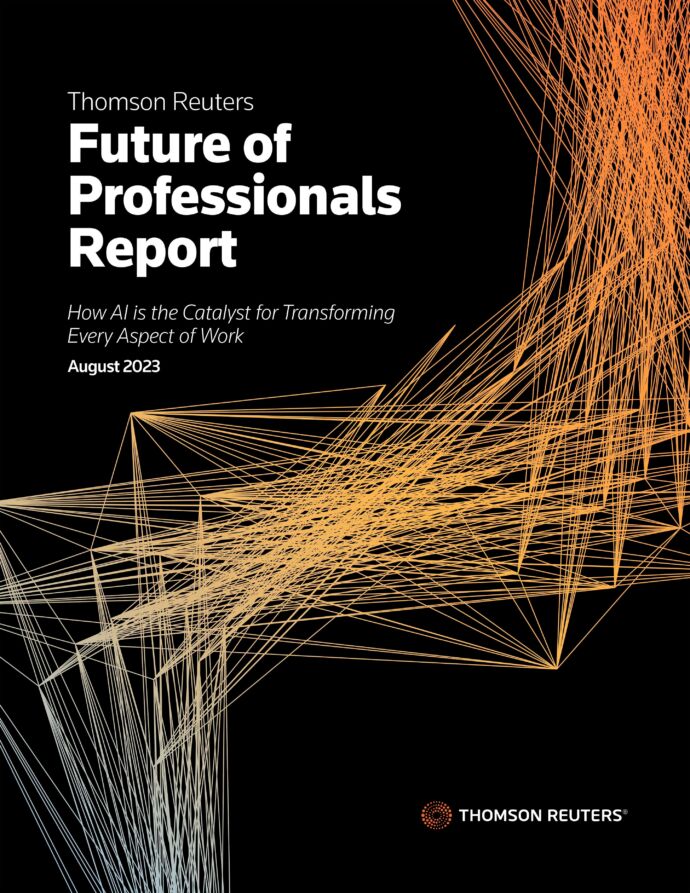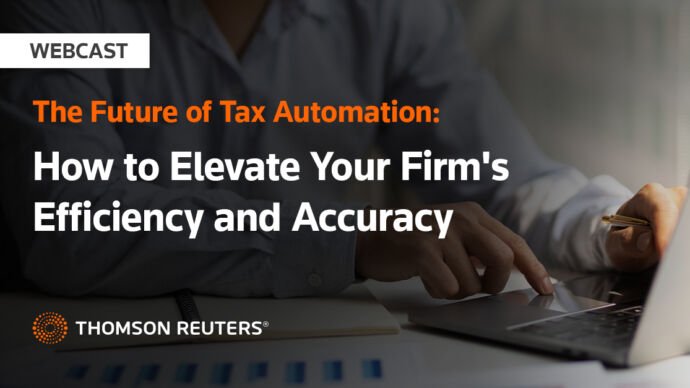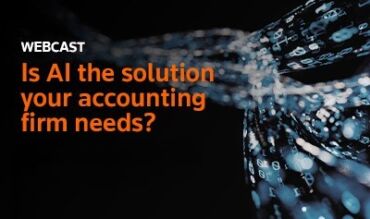Jump to:
| Reflect on your current tax workflow |
| Use automation to boost staff engagement and retention |
| Unlock growth opportunities |
With staffing shortages of epic proportions, the accounting industry is facing a crossroads. In recent years, more tax professionals have exited the industry than entered it, which presents the potential for detrimental effects across the business and financial world.
As stewards of the profession, we must find new ways to attract more talented young people to the accounting world — and convince them to stay once we do. Making automation technology a centerpiece of our daily workflow is one critical way to relieve accounting staff shortages and open up new opportunities for the accounting industry.
Accessing the landscape of accounting staff shortages
A perfect storm of challenges has brought the accounting profession to this point. Baby Boomers are retiring in droves, younger accountants have less desire to become a partner, and a dwindling number of college students are entering the field.
When you couple these trends with increased burnout and misconceptions that have long plagued the profession, it becomes apparent that accounting firms must look outside of the box to fill gaps in talent. One way to do that is through automation.
The younger generation is looking for competitive salaries and benefits packages, work-life balance, career development opportunities, and purpose-driven work. Automation enables your firm to build a work environment that eliminates manual tasks, encourages creativity, supports work-life balance, and is entirely mobile.
But where do you begin? Let’s take a look.
1. Reflect on your current tax workflow.
In 2024, there is no reason that tax professionals should receive paper, sort paper, shuffle paper, or enter data manually.
To understand how your firm stacks up in terms of the need for automation, ask yourself:
- What is your process for gathering client documents?
- How are you preparing and reviewing the tax return?
- What is your process for creating supporting documentation/workpapers?
- How are you collecting e-file signatures?
- How are you delivering the tax return?
- How are you getting paid?
- What are your methods for client communications?
From there, look for opportunities to innovate and automate. Your end goal is to eliminate manual tasks, improve the staff experience, elevate the work of your team, and ultimately become a more value-added firm. Automating these different parts of your workflow will help ease accounting staff shortages while making your firm more attractive for those who are in the job market.
If you currently have a tech stack in place, make sure you’re fully leveraging it, including the use of APIs.
 |
Future of Professionals ReportHear directly from professionals who think AI, tech, and automation will have the most significant impact on their business in the next five years. |
2. Use automation to boost staff engagement and retention.
In a challenging labor market, modernizing technology is crucial for attracting and retaining top talent, especially when it comes to the younger generation.
By leveraging automation, you can enable your staff to:
- Reduce manual data entry. When you use automation to link returns using a tax ID number, your staff doesn’t have to make the same changes across multiple documents. By reducing manual data entry, you can boost accuracy and save time.
- Collaborate in real-time with clients. With cloud-based technology, you and your staff have the ability to share data and documents directly and securely. You can also automatically extract data from client source documents or easily transfer account balances from integrated business tax preparation software.
- Detect inaccuracies. With sophisticated diagnostics, accountants no longer have to manually detect blank fields or numbers that don’t add up. By comparing a tax return with last year’s documents, automation detects inaccuracies before it’s too late to fix them.
- Streamline the entire tax workflow. From data collection and preparation to review and final delivery, a tax automation solution with advanced data sharing and paperless processing provides a seamless tax workflow process from start to finish.
The result is a more engaged staff, more meaningful client connections, and a more desirable work-life balance.
3. Unlock growth opportunities.
For firms aiming to grow, scale, or diversify, automation ensures business continuity and succession planning by embedding automation into daily workflows. It can also be a catalyst for unlocking new growth opportunities, enabling a shift from compliance-related tasks to more value-added advisory services.
Picture this: Staff members jump right into elevated work, like looking for trends and outliers, collaborating with clients, and working with management to resolve issues. Technology boosts their involvement in meaningful work and gets them thinking at a higher level, faster. And that’s beneficial not only for their own professional development, but for the firm overall.
At the end of the day, automation enables a shift in mindset that empowers staff to do work that matters while fostering an inclusive environment where career growth accelerates. With a technology-driven foundation, your firm can cultivate a culture that encourages flexibility, supports growth, and makes your firm an employer of choice — even amidst accounting staff shortages.
If you’re ready to position your firm as the place to be for existing staff and for up-and-coming talent, tune into our on-demand webcast, The future of tax automation: How to elevate your firm’s efficiency and accuracy. For a holistic look at how the changing landscape is impacting our future, download the Thomson Reuters Future of Professionals Report.
 |
The future of tax automation: How to elevate your firm’s efficiency and accuracyIn this webcast, you’ll learn:
|














